The Leica M-D, announced today, is the rangefinder digital Leica fans have been waiting for. Those customers (and there are many, many of them) who moaned about video and other fripperies when the M240 was introduced in 2012 will be mollified. This is the most essential digital camera ever introduced by Leica, nothing less than a film Leica with a sensor in place of the celluloid. It is at once brave and inspired. For once, it fully justifies the overworked Das Wesentliche slogan.
For those who love the simplicity and focus of shooting film, the M-D offers an identical experience, relying on the basic but essential trinity of aperture, shutter speed and sensitivity. It is a photographer’s camera, one that will both delight and educate. I would go so far as to say that it defines the Zeitgeist of the rangefinder digital. Instead of shooting your film and going home to the darkroom you can now go home to the Lightroom.
M-P Styling
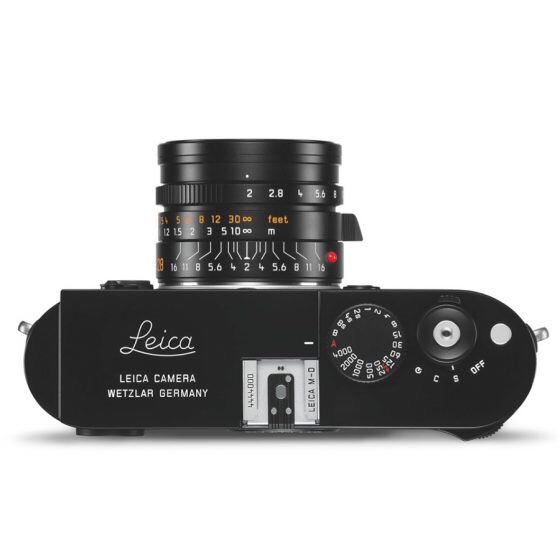
Based on the chassis of the M262 with the M9-aping stepped top plate (rather than the more lissom lines of the M-A film camera as earlier rumoured), the M-D is nonetheless a thing of beauty. Styling is more akin to the M-P variant than the basic M, with the traditional Leica script in-filled in white on the top plate. For once, we don’t have to wait for an M-D-P to get the better looking camera.
The top plate is made from brass and signifies that this camera is stripped down in features but not in build quality or in the potential for the sort of long-term satisfaction that comes from owning a work of art. The camera also features the frameline selection lever that has been missing from the M240 range except the M-P.
With no buttons (and certainly no screen) the M-D follows the design cues of the M60 Edition which was launched at Photokina in 2014. Stefan Daniel told me at the time that the company wanted to test the waters and he hoped that the concept of a screenless and feature-economical digital M would be welcomed.
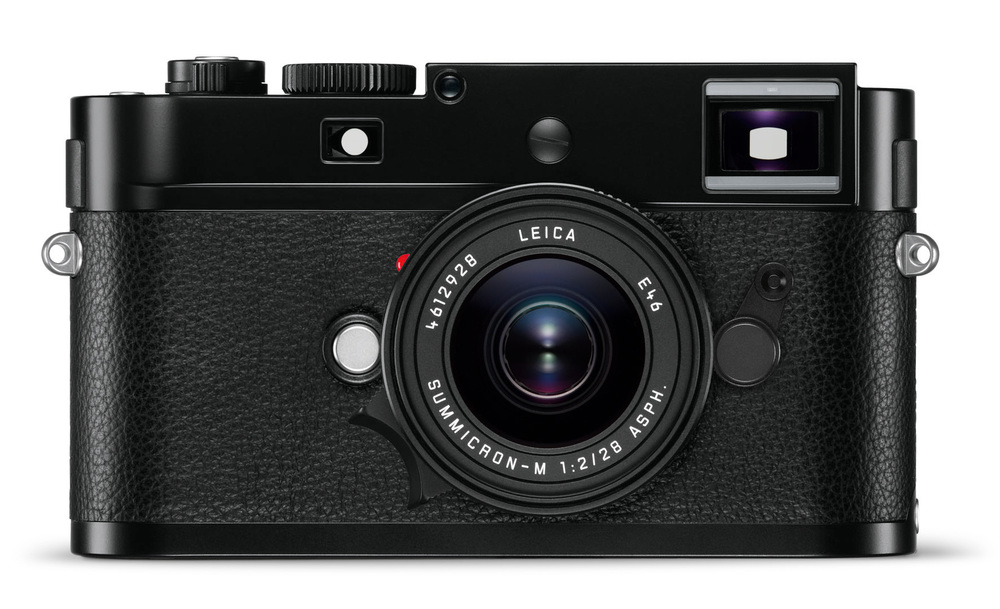
M60 Edition
One happenstance of the M-D launch is that the M60, a steel progenitor of the M-D, complete with a unique steel 35mm Summilux, will be boosted in collectors’ estimation now that it can be seen as a prototype for a production camera.
The M-D does one thing and, I am sure, will do it well: Taking no-frills, no fuss pictures just like a film camera. There are just four controls on this camera: A shutter speed dial; a film-camera-like ISO dial in the centre of the back panel (there is no auto setting,just manual adjustment between ISO200 and 6400); a rear dial as on the M262, and a small silver button on the top plate. This button, which serves for video on the M240, toggles the rangefinder view for battery life and number of shots remaining. The fourth essential control is on the lens, for aperture setting.
There is one major departure from the specification of the earlier M60 Edition. This camera has a aperture priority setting, evidenced by the A on the shutter speed dial. This is a very welcome addition to a very spartan camera. It puts it more or less on par with the M7. It is, in fact, an M7 with a digital back. Look, Ma, no film. [Editor’s Note: Reader John Reynolds (see comments) has rightly pointed out that the M60 Edition does have aperture priority control. I had overlooked this when writing the article].
Film shooters will appreciate the familiarity and single-minded approach of this camera. They could also come to appreciate its economy. With film and processing these days costing upwards of £25 (unless you do it yourself), film is an expensive business. There are many people out there who would use film more if there were no processing shots and no waiting for processing—perhaps the biggest single disadvantage of film. The M-D scratches this film itch yet provides near-instant gratification.
Now, with the M-D, it will be possible to wander around with what appears to be a film camera, and indeed works like a film camera, but free from processing costs and with the ability to check results later the same day.
Digital rot
Much is made by film aficionados of “digital rot” where the value of a modern camera falls rapidly. What they forget is the processing. Unless you do it yourself, 5,000 shutter clicks a year with a film camera will cost the thick end of £3,500. Even if you process your own film, I image this cost is likely to be at least £1,000. So, against these figures, the new M-D begins to look like a bargain. Of course, in fairness to film fans, this is still a digital, even though it thinks it is an M7.
No one can dispute the notion that modern digitals suffer from feature bloat: Delights such as complicated menus which are largely devoted to in-camera processing of jpegs with all the options that they entail, a plethora of buttons, dials and settings which often get in the way of photography and get knocked when you least expect it. Let’s not even mention scene modes.
The M262, announced in February, went a long way to stripping out the flab but didn’t quite go far enough. The M-D has gone as far as it is possible to go in cutting back to basics. There is undoubtedly a demand out there for simpler cameras aimed at RAW shooters and the Leica M-D is the first (and probably not the last) to address this untapped market.
So why has Leica changed tack so dramatically on the M? I believe that in the two or three years of development of the M240, before the launch in 2012, Leica was under intense pressure to compete with the features available on comparable modern digitals.
The M9 was seen as rather old-fashioned although, in reality, it better served the needs of Leica users than the M240 was to do. This sort of explains the recent resurgence in interest in the M9 and M9-Monochrom. Leica felt, perhaps mistakenly as it has turned out, that the M240 needed video and the option of an electronic viewfinder (albeit an Olympus cast-off shoe-mounted affair) in order to sell more cameras.
I believe the company has come to realise that this bloating of the M was unnecessary and decidedly counter-productive. I know many, many Leica users but have not met one who shoots video (at least not with an M) and most of them seldom, if ever, mount the viewfinder. But until the launch of the SL, earlier this year, we had little hope of seeing a stripped-down M.
The SL now fills the gap and has freed the M rangefinder from needing to be all things to all men. The SL offers a digital camera that can compete on even terms with the best on the market. Freed from the need to incorporate a rangefinder, the SL represents one branch of the way forward for Leica, the hub of an expanding T system. The other branch is the M which, I hope, can now return to its roots as a digital version of the much-loved film range.
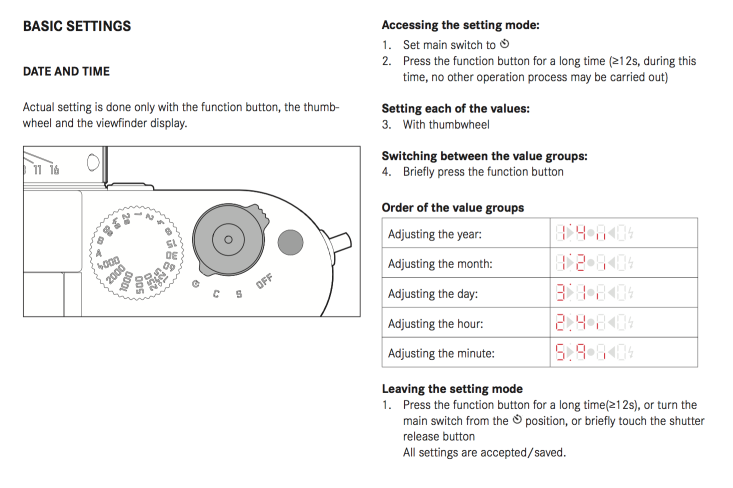
M3 Body
My one disappointment in the M-D is that Leica didn’t take the bold step of redesigning the body to make it look and feel like the M-A (or M3 for that matter).
There must be some rattle room in the M-D now that the screen and all the associated electronics have been stripped out. I imagine, though, that the decision was based on economy of scale.
To have introduced a new body form would have required expensive retooling and would have put up costs even more.
As it is, the M-D is not as cheap as expected. The M262 at £4,050 was more like the price expected of a stripped-down 240. But the MD, probably because of the brass top and bottom plates, will cost £4,650. This gap, however, could be reduced if there are any price increases planned for the M262 in the near future.
The price is likely to be a sticking point for many. But despite this, I believe this is a price Leica enthusiasts will be willing to pay. For one thing, the M-D will have a long period of usefulness before it becomes out of date. With minimal features, there is little room for major upgrading and the M-D could be a faithful digital companion for many years. The sensor and processor are the only significant components that could feasibly be improved upon and I feel sure that many buyers will take the view that they can continue with the M-D for a much longer period. Dare we hope for a sensor and processor upgrade policy? This could be the camera that begins to knock digital rot on the head.
Bravo Leica!
I can see room for improvements which might be introduced if the M-D becomes the success I believe it will be. First among these will be a slimming of size and a reduction of weight. I imagine both are possible if Leica is prepared to invest in a new chassis.
Meanwhile, however, in the M-D Leica has addressed all our wishes except a reduction in size and a bargain price tag. The M-D will draw criticism, even derision from many quarters (on the theme of paying more for less) but the people who matter, the Leica faithful (and not the boutique Berties) will flock to the M-D’s call.
It is a camera I have long awaited and I have placed my order already, thus putting my money where my mouth is. It will become my go-to digital rangefinder in preference to the M-P and it will be a companion in my stable for the bells-and-whistles-laden SL. The two provide the alternative of rangefinder purity on the one hand and digital excellence on the other. Now the twain need never meet. Bravo, Leica!
- Subscribe to Macfilos for free updates on articles as they are published. Read more here
- Want to make a comment on this article but having problems? Please read this

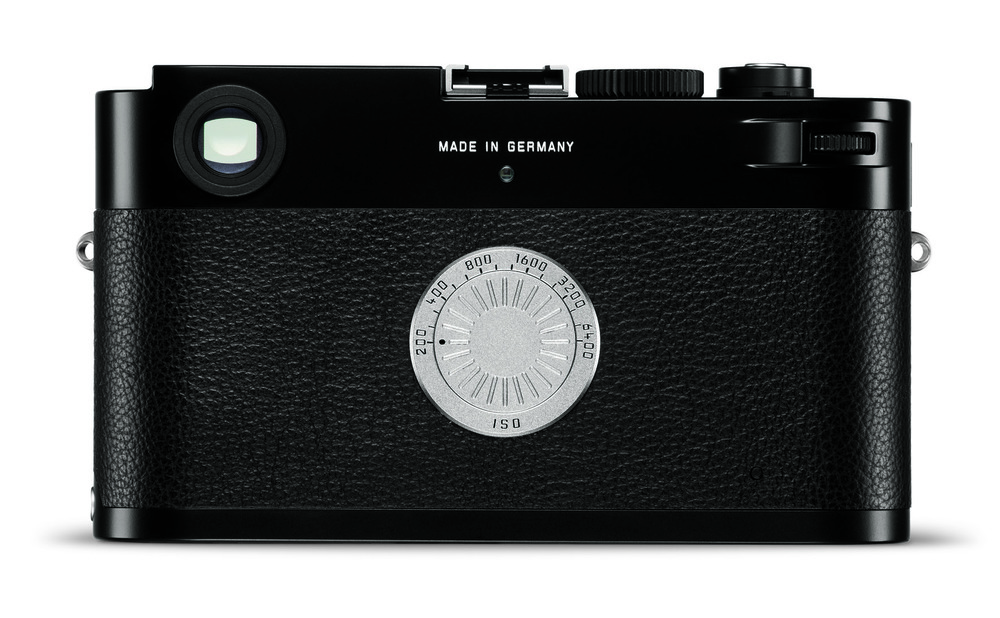
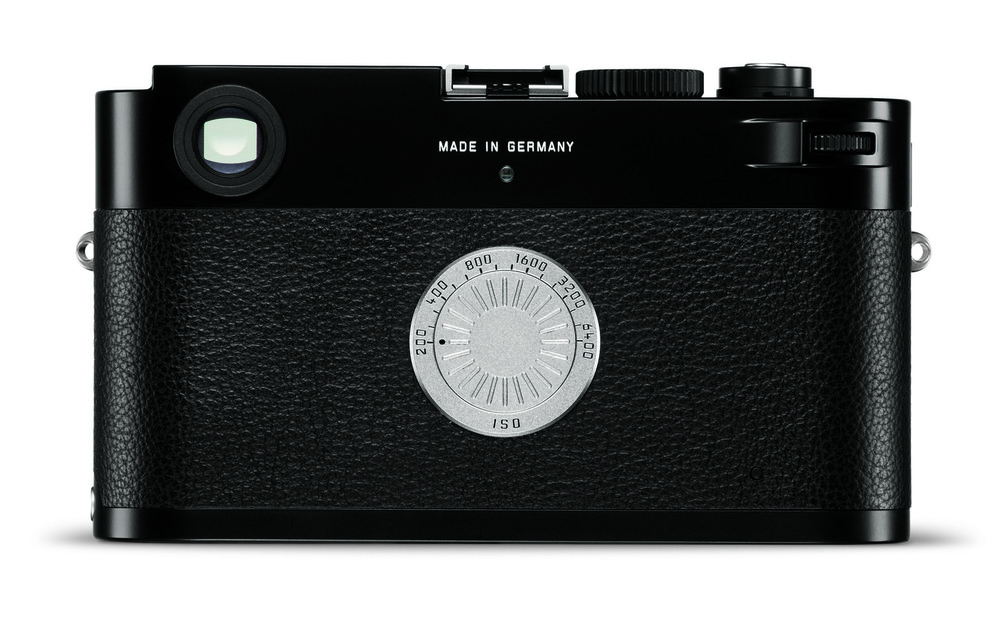
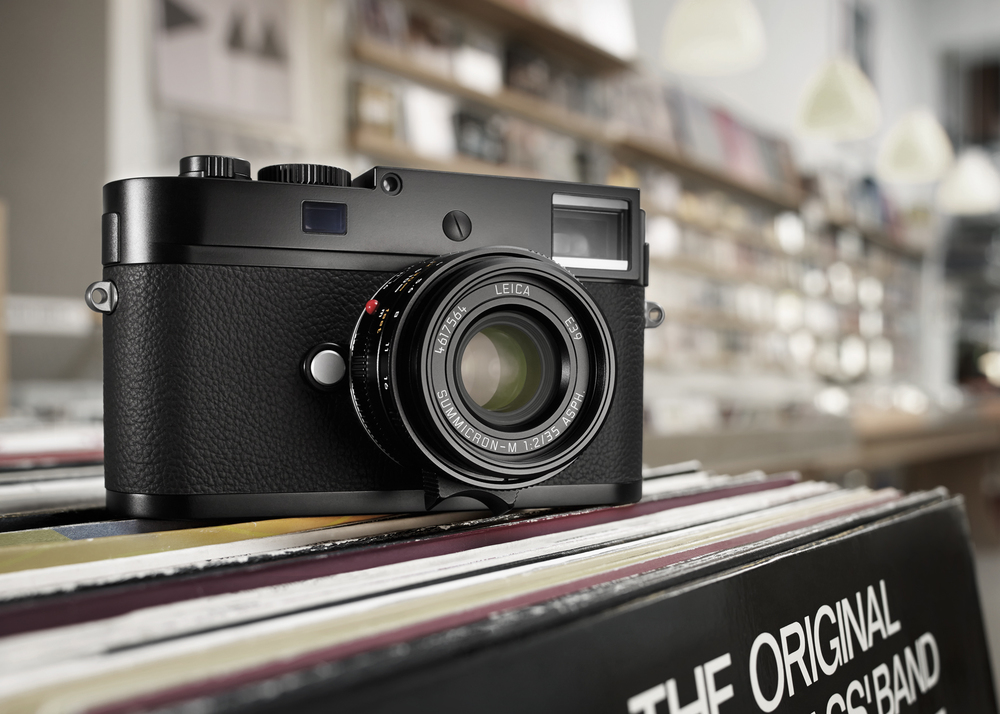
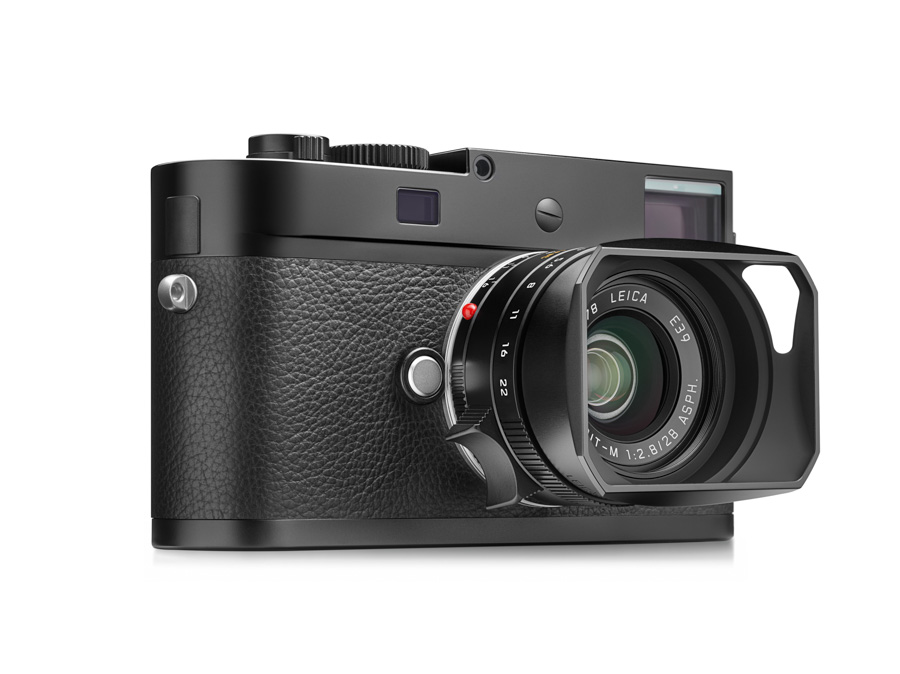
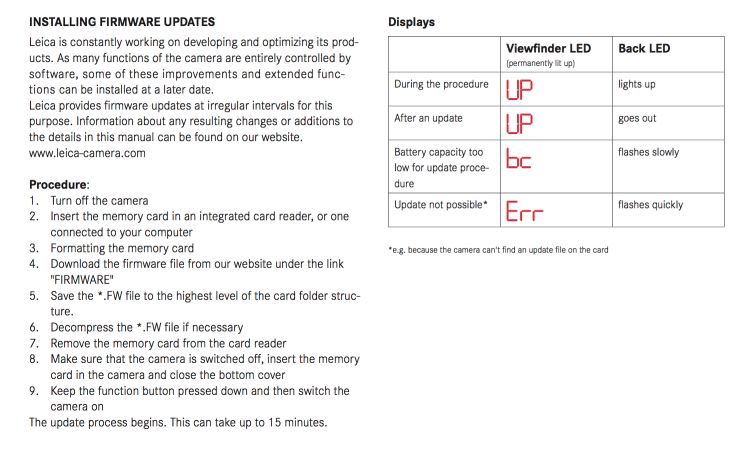
Thanks very much for your very interesting article. I had an M6 once, and didn’t like it at all, so I clung to my Leicaflex SL and the R4 and R6 and their fabulous glass. However, the moment I read about the m-d, I got curious. I glanced at a Leica monochrom before because I prefer B&W, and my in my mind I combined the m-d with monchrom; that would make my ideal camera. It is amazing that I haven’t seen any comments or articles about that combination. That would immediately be my go-to camera.
The mistake digital camera developers have made, is to put the tiny boxes chocful of all the electronic gimmicks they could think of, most of which are redundant and make photography needlessly cumbersome. It still puzzles me why they didn’t just exchange the film for a sensor tout court.
Thanks very much for yiur very interesting article. I had an M6 once, and didn’t like it at all, so I clung to my Leicaflex SL and the R4 and R6 and their fabulous glass. However, the moment I read about the m-d, I got curious. I glanced at a Leica monochrom before because I prefer B&W, and my in my mind I combined the m-d with monchrom; that would make my ideal camera. Anazing that I haven’t seen any comments or articles about that combination. That would immediately be my go-to camera. The mistake digital camera developers have made, is to put the tiny boxes chocful of all the electronic gimmicks they could think of, most of which are redundant and make photography needlessly cumbersome. It still puzzles me why they didn’t just exchange the film for a sensor tout court.
I am looking, though for a ‘normal’ m-d, but unfortunately I haven’t seen any occasion yet.
The concept works because of the limitations that make the process liberating. I’ll say, why not limit it futher by having a dedicated SD card that takes only 36 shots after which you will have to load a new card. That way, you will be more carefull in selecting your shots.. Sounds silly ? 😉
Hi Khai
I already thought of that and I think I mentioned it In a Facebook comment. I reckon a 1GB card (I have one!) would do the job. I will try it and report back. It’s a jest but a very interesting one at that!
"The M-D has gone as far as it is possible to go in cutting back to basics." Well, they could have dispensed with the auto-rewind feature and given back the lever. 🙂
Wayne, you are right. Strangely enough I suggested this in my April 1 article. It isn’t as silly as it sounds. In fact, after a bout of using a film camera I come back to the digital and start trying to flick the lever.
What a joke. Get a film camera instead, and that’s about it. I can’t believe people always falls for it. Same hysteria when the Monochrome came out, a camera that saying has gone off the radar (thankfully) is such an understatement.
Thumbs up to Leica by the way, they’re getting good at this. Which is what keeps them in business, so well done to them. Still a joke though.
I imagine 90 percent of M-D buyers will have at least one film camera, possibly several. Really it comes down to personal preference and everyone will make up their own minds based on personal preference and circumstances. However, your view is certainly not unusual and it will be very difficult for many people to take the M-D seriously. However, there are many people out there who take a different view and will be buying the camera. Each to his own. It will be interesting to see how it goes.
Mike,
Thanks for the thoughtful article, I enjoyed it.
I should point out however that the M60 does have aperture priority mode, I’ve been using it daily for over a year now.
John
My mistake. I don’t know how I could have missed this, although it is a year or so since I took out the M60. I will add a note to the article referring to your comment.
Does this camera even have a light meter? Like, the two little arrows on the M6? Thanks.
Hi Joe,
Yes, it does have a similar system to the M6 but it is basically like the M7 or the digital M in having aperture priority–so the camera will measure the light and set the exposure speed to match whatever aperture you choose on the lens. If you change the mode from A you get a similar system to that on the M6 where you have to adjust aperture/speed until you see the correct exposure.
Looks like a nice camera, but it is one I would have to see before buying. You might wonder why somebody who uses all sorts of Leicas made between 1926 and 2016 might have some reservations about a stripped down digital model.
Firstly film photography and digital photography are completely different processes. Even in the stripped down version of digital there are more parameters to be set on a digital camera. With film you load it and set the film speed ( if there is a meter) and then shutter speed and aperture or auto and aperture and off you go. You can do the same with this camera but you still have to adjust white balance etc. Apparently with this camera you must shoot in RAW and change things afterwards in post processing. No problem for me but others might baulk, if they want ‘instant results’.
Changes, such as they are, must be made with the camera up to your eye. My preference is to make changes looking down at the camera. Making changes with the camera to my eye is not as good for me for various reasons. To me it is a bit of an Olympic sport doing things with the camera to my eye. I know that is how a lot of other people like it, but I like to do things the same way as I do them with say a I Model A. This is not necessarily slower, just different.
To develop this theme further, the exposure compensation thumb wheel on the D-Lux (inherited from Panasonic) and on the Fujifilm X-series is, in my experience, vastly superior to the press the front button and turn thumb-wheel approach on the M240. With the M-D you press a function button on the top and turn the thumb-wheel to achieve exposure compensation. This seems to me to be much slower and less instinctive than the thumbwheel only on the D-Lux, Fuji etc. It seems that Leica have carried forward a clunky system from the M240 into the M-D.
As you know, I like to use older lenses on modern cameras. The manual says that coded lenses are not necessary but there are no means of telling the camera what lens has been used, if it is not coded. It is not clear if an adaptor with an LTM lens will bring up the correct frame-lines. A new lease of life for the older supplementary viewfinders?
There is, of course, an attraction in the ‘bare bones’ approach in bringing out a camera that does away a with a lot of the nonsense with menus. You can, of course, do all of this with an M240 by ignoring the menus and avoiding ‘chimping’. For me, though, film and digital photography are two different experiences, requiring different techniques
Based on the launch date of this camera, it seems that a completely new generation of the M camera is unlikely to appear anytime soon. That does not bother me as my M240 is perfectly adequate for anything that I need to do.
As I said at the outset, I might be interested in this camera, if I can get a chance to handle one. The problem for me is that I would have to travel to another country to do this. Certainly, a real ‘first world’ problem.
William
I’ve yet to be that woo’d since the m9, a camera I adore and have shot many an image with. thing is, when I saw the M60, I was blown away. Digital leicas have always had really poor LCD’s. I never use mine on the M9, it’s that bad so when the M60 was announced, I felt this was a great reduction.chimping doesn’t help, it makes you lazy and more reliant on doubting yourself and your skills. for me though, the M60 was a camera meant for those who wear white gloves and never shoot with them.
for the first time since the M8, Leica has released a camera I want. a camera I could happily use.